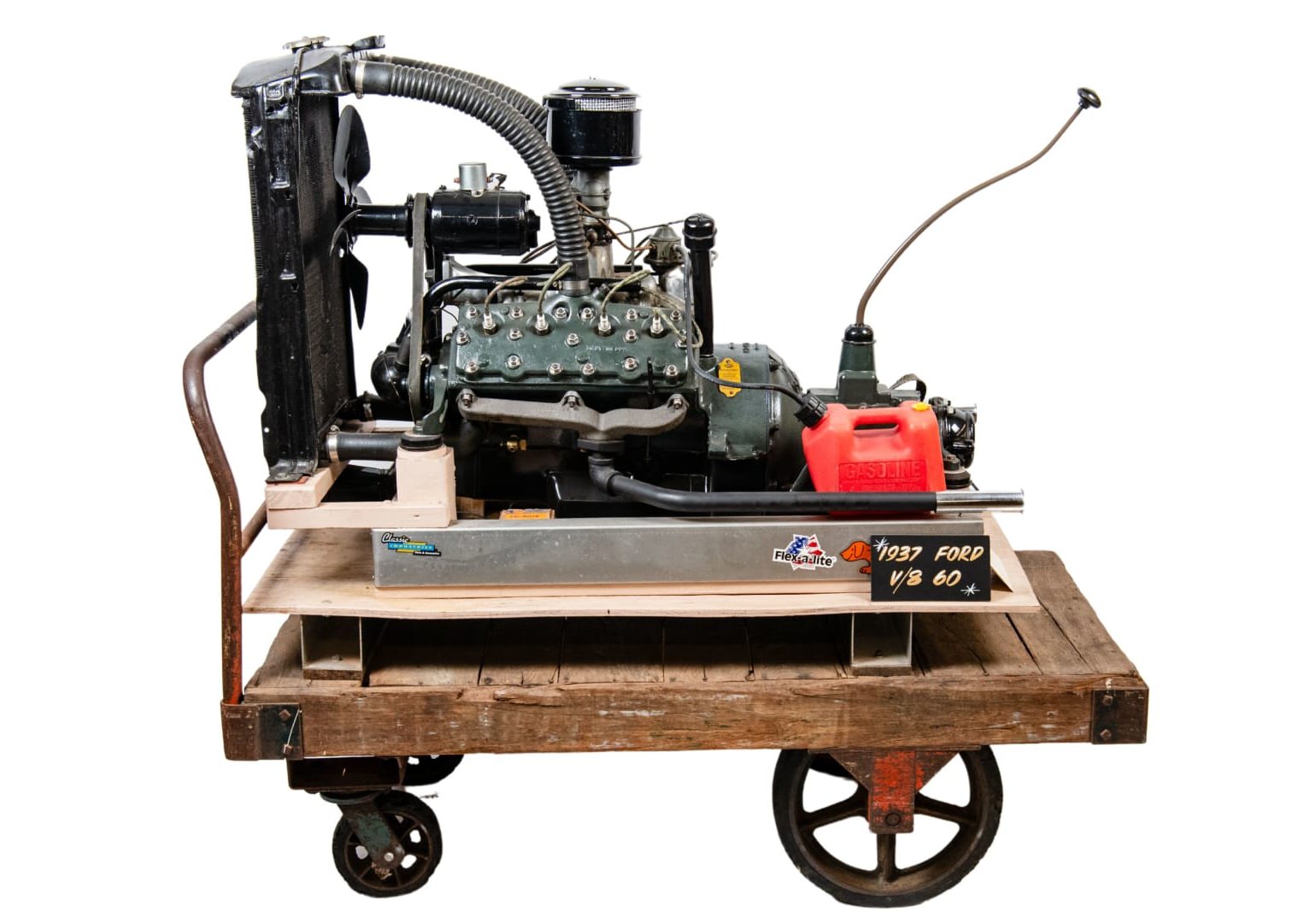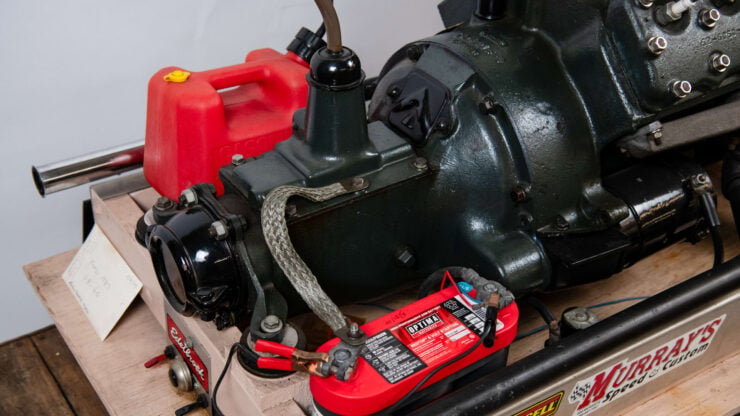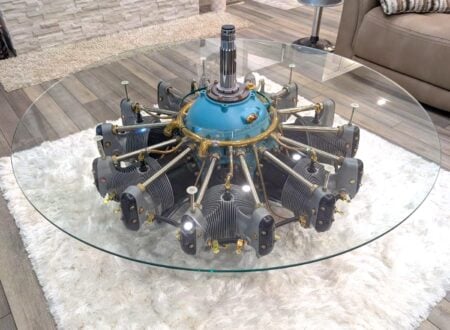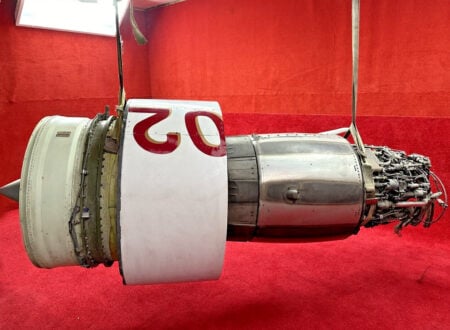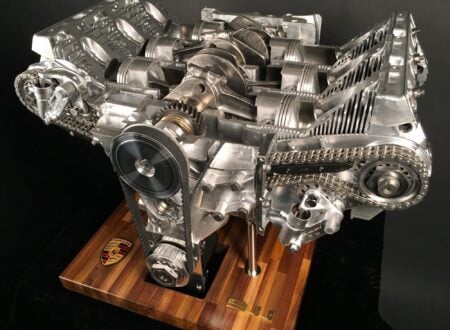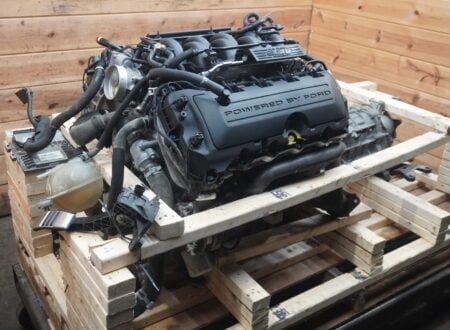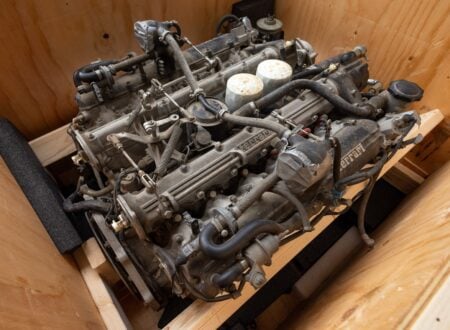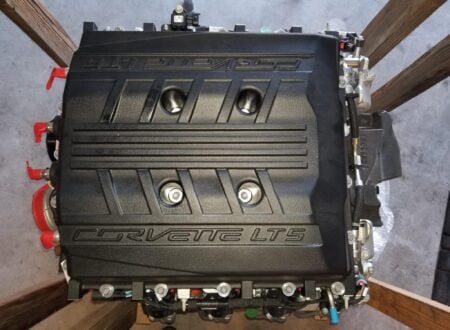This is a 1937 Ford Flathead V8 that comes on an engine stand and has a transmission fitted. The stand includes everything you need to start and run the engine, including a radiator, dynamo, starter motor, battery, and more.
The Ford Flathead V8 is the engine that started the hot rod craze back around the time of WWII, and today the original examples from the 1930s remain in high demand for those making period-correct rods.
Above Video: This is a full-length documentary about the Ford Flathead V8 that gives a detailed look into its development and its influence on American car culture.
The Ford Flathead V8
The Ford Flathead V8 featured a number of unique engineering innovations that made it unique, perhaps the most significant was the use of a monobloc design that included the crankcase and all eight cylinders cast into a single block – vastly simplifying and accelerating the production process.
The development of Ford’s Flathead V8 was completed by a team of Ford engineers, but Henry Ford himself had significant input into its design. It would be his last key contribution to the company’s engineering, and as a result the engine holds a special place in the hearts of the Blue Oval faithful.
Ford’s Flathead was designed with a 60º V-angle and the camshaft was positioned over the crankshaft. The crankshaft had three main bearings, and both the intake and exhaust valves were positioned inside the “V.”
The exhaust gases then had to be routed through the block to the exhaust manifold on the outside of the “V,” this did result in overheating issues on some engines, but it was largely resolved by the 1936/1937 redesign.
Early versions of the Flathead V8 made 60 bhp and 130 lb ft of torque, though these numbers did vary over the years, with later examples making significantly more. These power figures may not sound like much today, but back in the 1930s it was highly impressive.
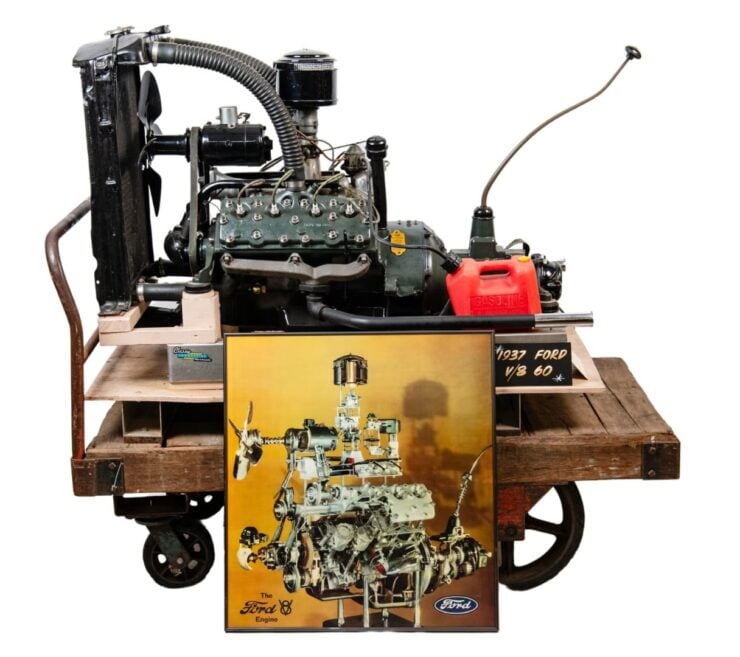

The curb weight of the Ford Model 18 (the V8 version) was around 2,300 lbs or 1,043 kgs (depending on the body style), resulting in levels of performance vastly higher than the flathead inline-four cylinder engines that had been a Ford staple in the years before.
The Flathead V8 would remain in production in the USA from 1932 to 1954, but it would also be produced by Simca in France until 1961, Brazil until 1964, and amazingly, the Simca Unic Marmon Bocquet military truck was built with new Flathead V8s derived from the original Ford design until 1990.
The Ford Flathead V8 Shown Here
The engine you see here is a 1937 Ford Flathead V8, this year was an important one in the history of the engine as over the 1936/1937 time period a series of improvements were made to help with engine cooling.
This V8 is mounted to what is described as an Edelbrock run stand, it allows the engine to be started and run normally, and it has a period-correct V8 transmission mounted to the rear. As it is now, the engine could be installed into a vehicle in a relatively straightforward series of steps.
The engine run stand has four wheels and a handle for easy transport, and it has a radiator, battery, starter motor, ignition, dynamo, leads, spark plugs, carburetor, intake manifold, and a simple exhaust system.
If you’d like to read more about this engine or register to bid on it you can visit the listing here. It’s due to roll across the auction block with Mecum in mid-January and it’s being offered with no reserve.

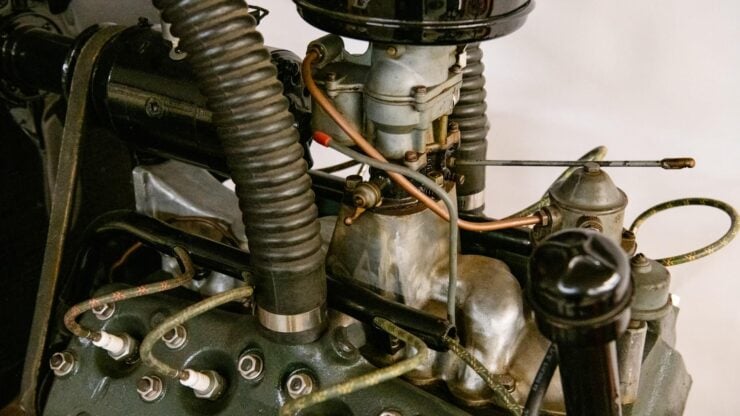
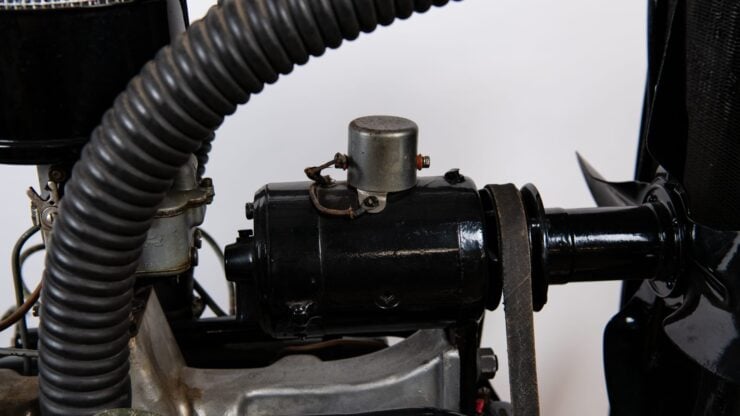
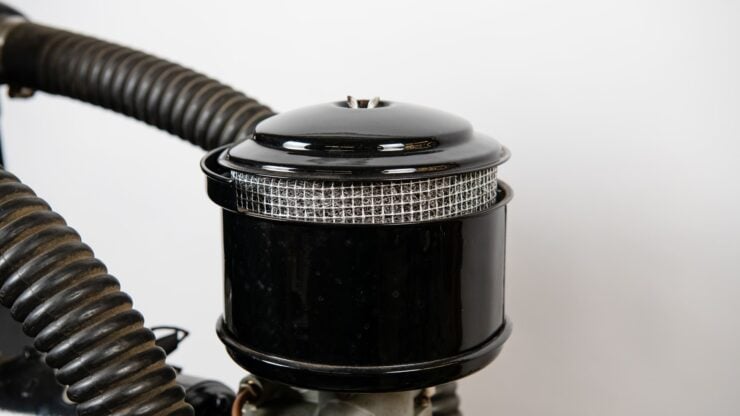
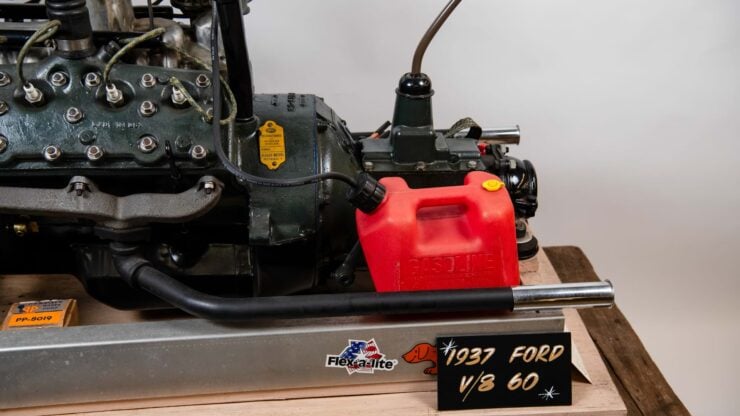
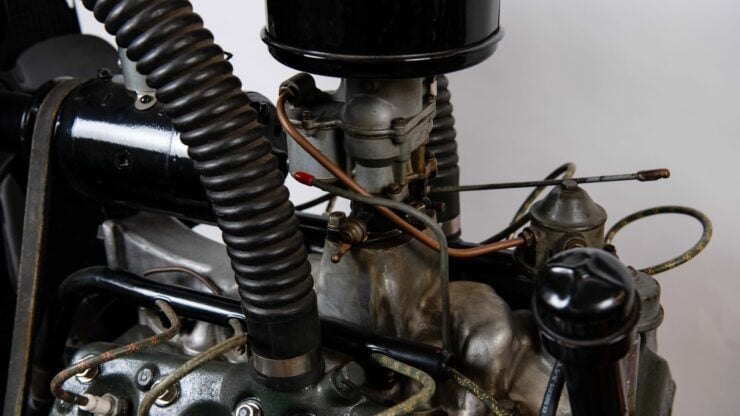
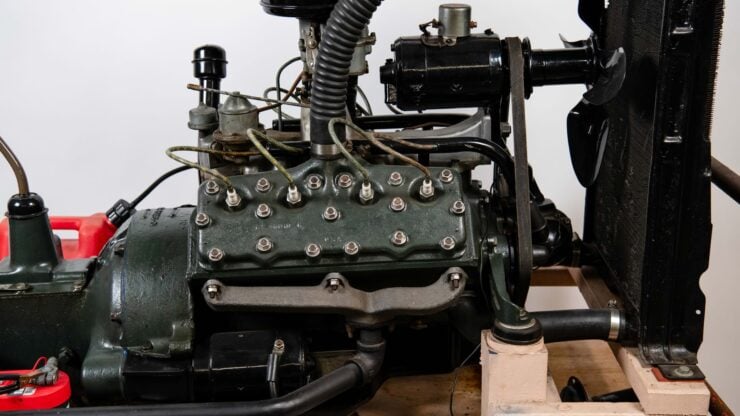
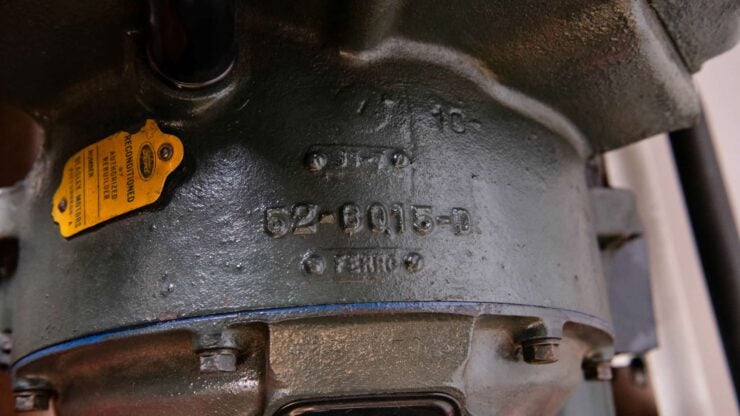
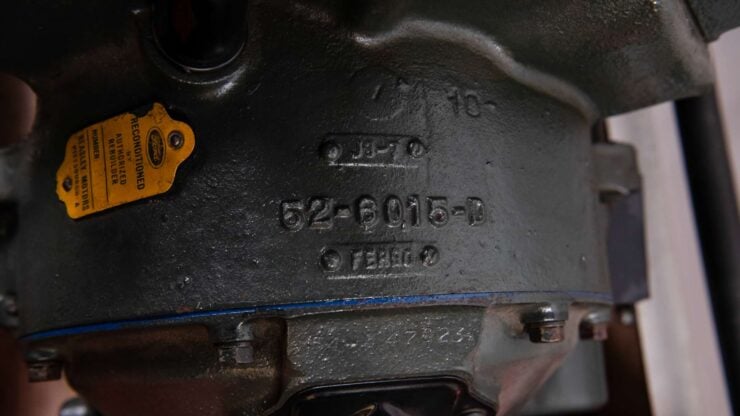
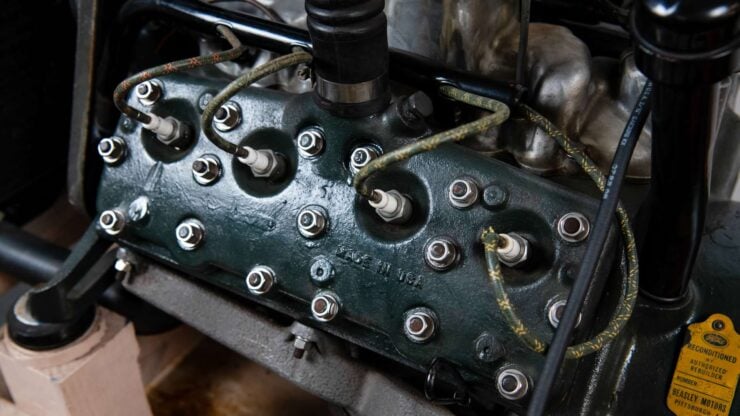
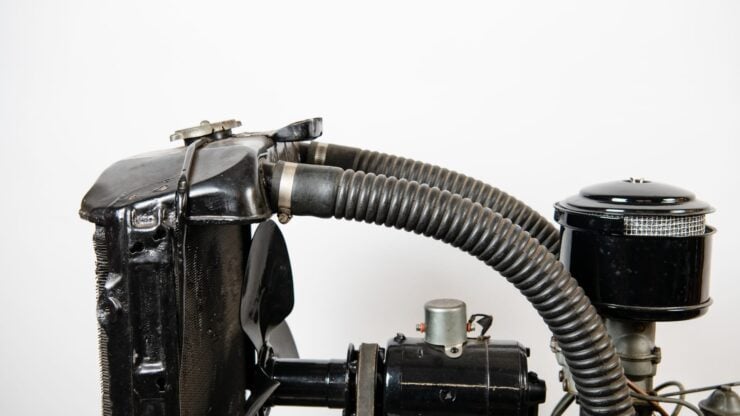
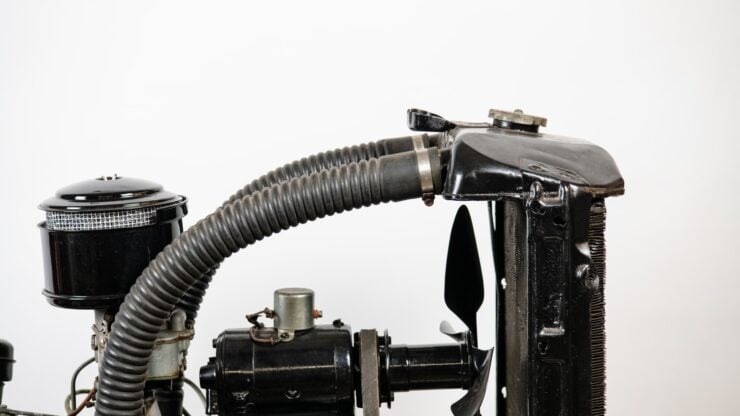
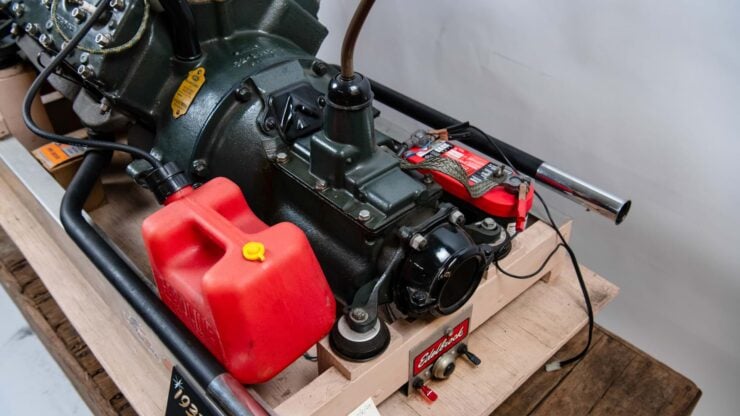
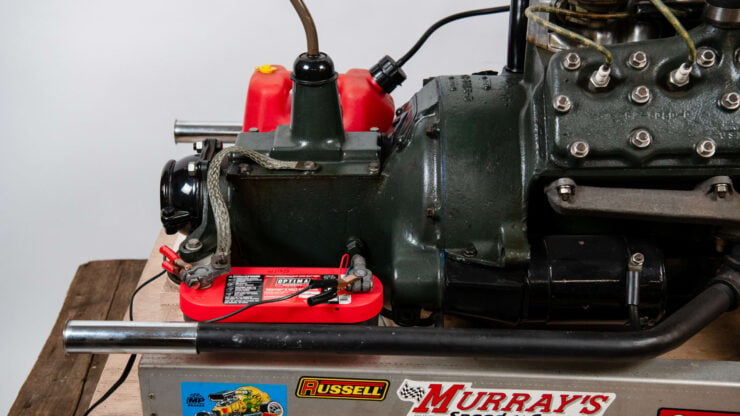
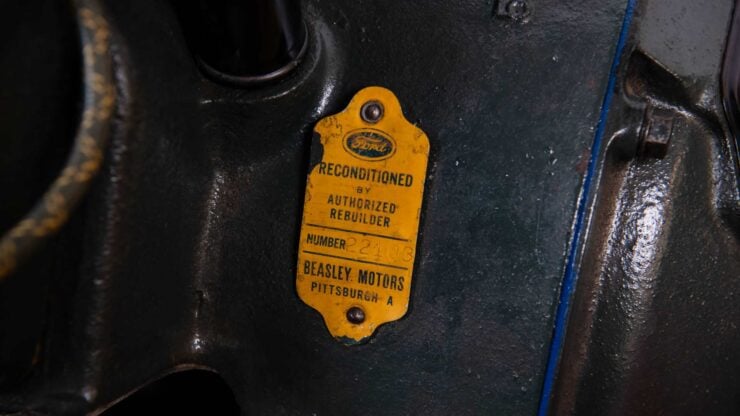
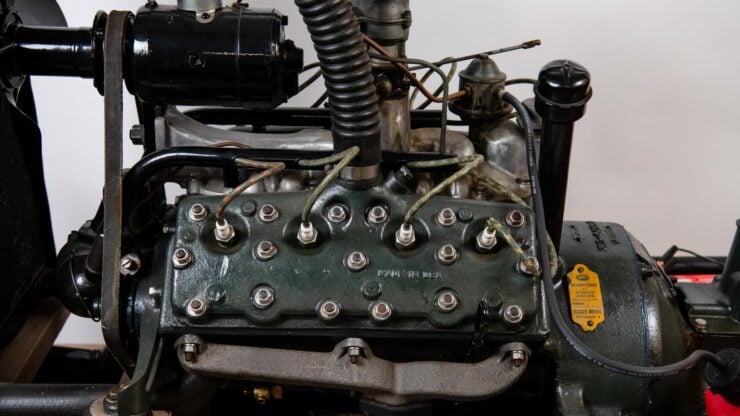
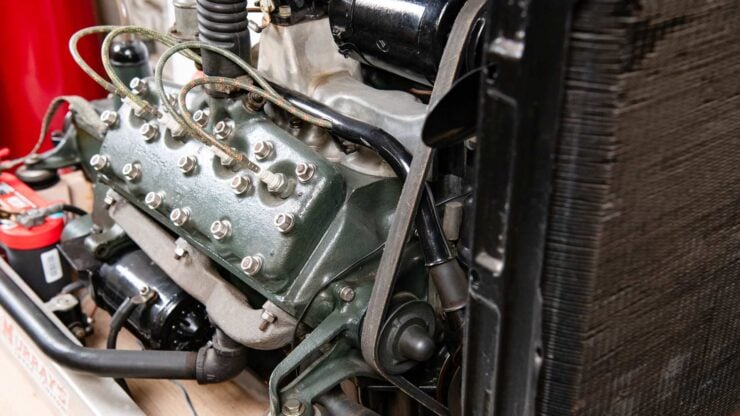
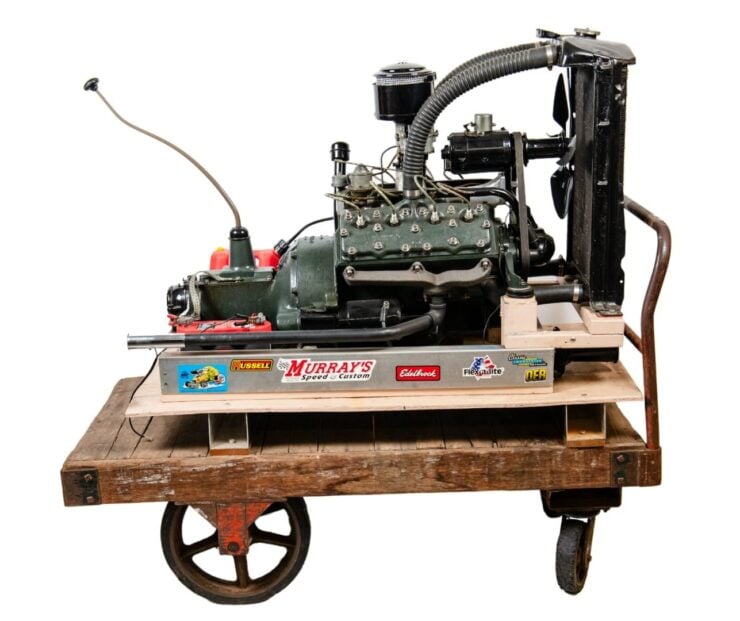
Images courtesy of Mecum

